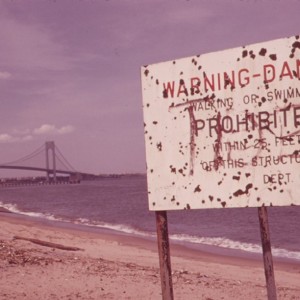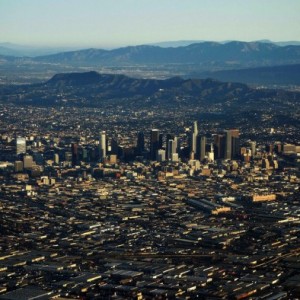The Stream, August 21: Study Links California Drought With Climate Change
The Global Rundown |
Frackers in Texas are turning to treated sewage as a way to supply water for their operations. A study has officially linked the California drought to climate change. The Navajo Nation has received water of questionable quality from the EPA.
“I couldn’t believe what I was seeing. I couldn’t believe the EPA’s higher-ups basically told me a lie.” — Russell Begaye, president of the Navajo Nation, on how he felt at seeing a black oily substance in water delivered by the EPA after assurances that others’ reports about the contamination had been false. The water was delivered as an interim measure to sustain livestock and crops in the wake of a mine waste spill that contaminated natural water supplies earlier this month. (Guardian)
By The Numbers |
$US 117 million – The 11-year deal that Pioneer Natural Resources Co., a shale oil producer, has signed with the city of Odessa, Texas to guarantee it daily access to millions of gallons of treated municipal waste water. The treated sewage will be used in Pioneer’s hydraulic fracturing (fracking) operations. The company made the move to cut costs and secure its water supply in the arid region of West Texas. Reuters
Science, Studies, And Reports |
A study published this week in Geophysical Research Letters finds that climate change is responsible for 8-27 percent of California’s current drought. Extra warmth evaporates extra water back into the sky, exacerbating problems in a time of low rainfall. The researchers did not find a relationship between climate change and rainfall. Reuters
On The Radar |
In the wake of the recent 300 million gallon waste spill that flowed into the San Juan River, the U.S. Environmental Protection Agency arranged for tanker trucks filled with water for crops and livestock to be sent to the Navajo Nation as an interim supply. The Navajo President, however, is now reporting that he personally inspected the water and found it to be contaminated with an oily black substance. Guardian
is both a scientist and a journalist, she holds an MS in Environmental Engineering from Michigan Technological University, and she brings proficiency in ESRI’s ArcGIS mapping software.






Leave a Reply
Want to join the discussion?Feel free to contribute!